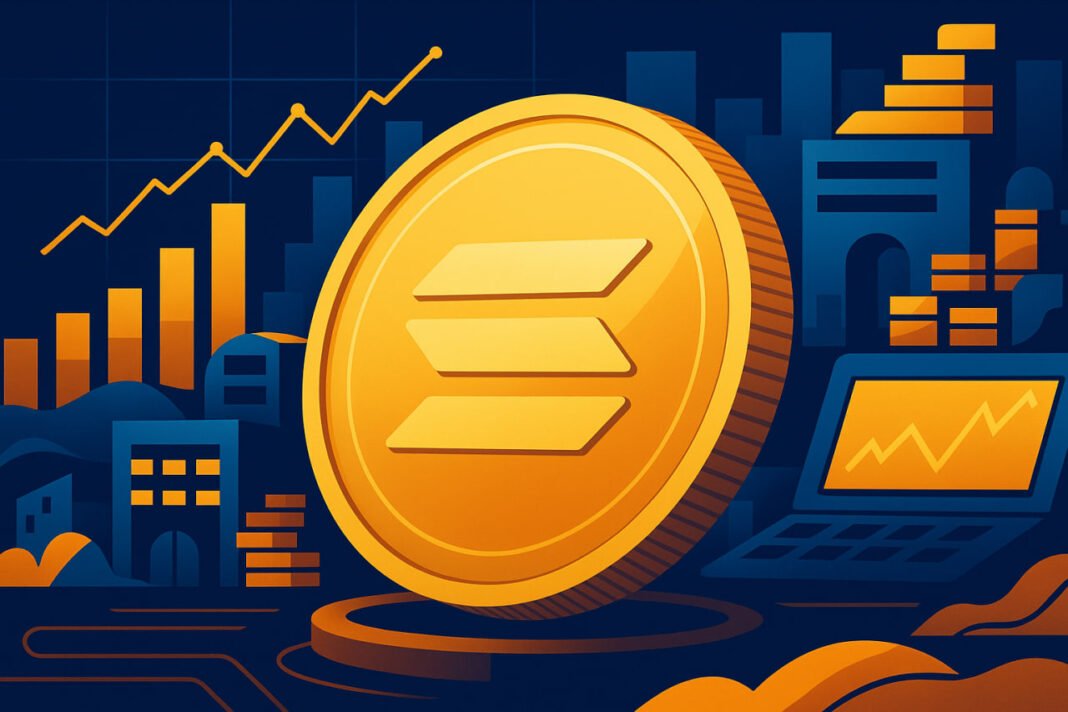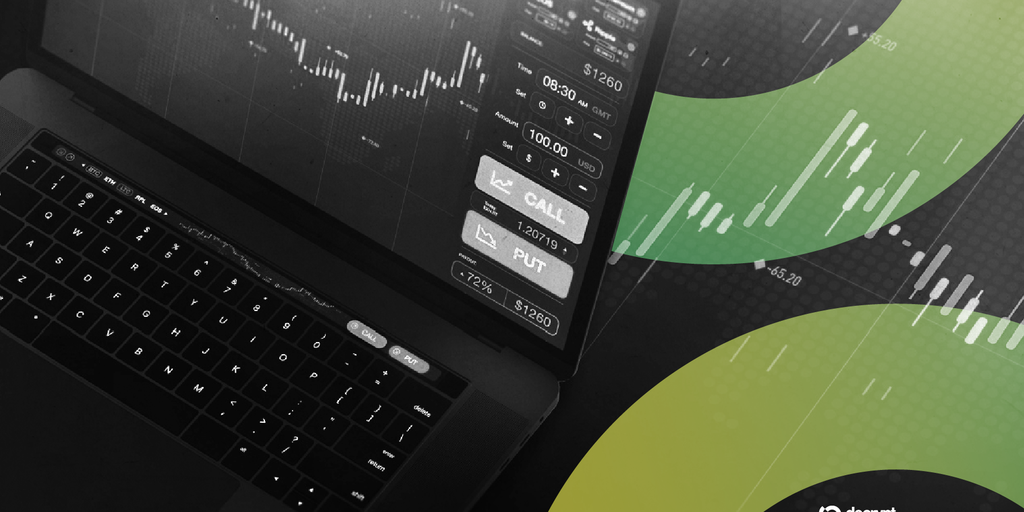Market Pulse
In a significant shift observed across the digital asset landscape, institutional capital appears to be reallocating, with Solana (SOL) exchange-traded products (ETPs) experiencing notable inflows. This comes as Bitcoin (BTC) and Ethereum (ETH) ETFs, once the darlings of institutional adoption, have seen a pronounced period of outflows. The trend, emerging throughout late 2025, signals a maturing market where investors are increasingly looking beyond the two largest cryptocurrencies for diversified exposure and potentially higher growth opportunities, acknowledging Solana’s robust ecosystem and performance.
The Shifting Sands of Crypto ETF Investment
For months, Bitcoin and Ethereum spot ETFs captivated the institutional market, drawing in billions and legitimizing crypto as a viable asset class. However, as of early November 2025, the narrative has evolved. Data from various analytics firms indicates a steady, albeit moderate, outflow from these flagship funds. This trend suggests several possibilities: some investors may be taking profits after a period of significant gains, others might be rotating into assets perceived to have more upside potential, or perhaps a broader re-evaluation of portfolio allocations in a dynamic macroeconomic environment. The sustained nature of these outflows points to more than just transient profit-taking.
Solana ETFs Emerge as a Prime Contender
Contrasting sharply with the BTC and ETH outflows, Solana-based ETPs have enjoyed a robust period of inflows. This surge highlights a growing institutional appetite for alternative layer-1 protocols that demonstrate strong performance and a vibrant developer ecosystem. Solana’s reputation for high transaction throughput, low fees, and a rapidly expanding decentralized finance (DeFi) and non-fungible token (NFT) landscape has evidently caught the eye of sophisticated investors seeking the ‘next big thing’ in the digital asset space. The availability and increasing liquidity of Solana ETFs have provided a convenient and regulated vehicle for this newfound interest.
Underlying Drivers of Solana’s Momentum
The pivot towards Solana is not arbitrary; it’s underpinned by several fundamental strengths and market perceptions:
- Technical Superiority: Solana’s highly performant blockchain, capable of processing tens of thousands of transactions per second with near-instant finality, continues to attract developers and users.
- Ecosystem Expansion: The network boasts a burgeoning ecosystem of DeFi protocols, GameFi applications, and NFT projects, fostering genuine utility and demand for SOL.
- Institutional Validation: The increasing number of Solana ETPs and the significant capital flowing into them serve as a strong signal of institutional confidence in the network’s long-term viability and growth potential.
- Comparative Performance: In recent periods, SOL has often outperformed BTC and ETH, enticing investors seeking alpha beyond the market leaders.
- Diversification Play: For institutions already exposed to Bitcoin and Ethereum, Solana offers a compelling way to diversify their digital asset portfolios with a high-growth, technically distinct asset.
Implications for the Broader Crypto Market
This reallocation of capital carries significant implications. Firstly, it underscores the growing maturity of the crypto market, where institutional players are becoming more discerning and less reliant on a ‘one-size-fits-all’ approach. Secondly, it elevates Solana’s status as a key player, potentially solidifying its position alongside Bitcoin and Ethereum as a core holding in diversified crypto portfolios. While it doesn’t necessarily signal an abandonment of BTC or ETH, it does suggest a broadening of the institutional investment mandate. This trend could pave the way for other high-potential altcoins to eventually gain their own regulated ETPs, further deepening market liquidity and accessibility.
Conclusion
The observable shift in institutional capital from Bitcoin and Ethereum ETFs towards Solana ETFs marks a pivotal moment for the crypto market. It highlights a maturing investment landscape where diversification and the pursuit of innovative, high-growth protocols are becoming paramount. Solana’s technical prowess and vibrant ecosystem have positioned it as a compelling alternative, drawing significant institutional interest. This trend not only validates Solana’s trajectory but also indicates a broader evolution in how institutional investors approach digital assets, moving beyond initial ‘digital gold’ and ‘programmable money’ narratives to embrace a wider array of high-potential blockchain technologies.
Pros (Bullish Points)
- Institutional validation and increased legitimacy for Solana (SOL).
- Encourages diversification within institutional crypto portfolios.
- Signals a maturing market beyond just Bitcoin and Ethereum.
- Potential for higher growth opportunities for investors in alternative Layer-1s.
Cons (Bearish Points)
- Potential for increased volatility in Solana due to concentrated institutional interest.
- Could signal a 'risk-off' sentiment for established assets like BTC and ETH, if outflows persist.
- May lead to a 'chasing performance' mentality, neglecting fundamental analysis.
- Concentration of power or influence in fewer, larger Solana holders (ETPs).
Frequently Asked Questions
What are Solana ETFs and ETPs?
Solana ETFs (Exchange-Traded Funds) and ETPs (Exchange-Traded Products) are investment vehicles that allow investors to gain exposure to the price movements of Solana (SOL) without directly owning the cryptocurrency. They trade on traditional stock exchanges.
Why are investors moving from Bitcoin and Ethereum to Solana ETFs?
Investors may be seeking diversification, higher growth potential, or exposure to a high-performance blockchain with a rapidly expanding ecosystem. Solana's technical capabilities, lower fees, and recent performance have made it an attractive option.
What does this trend mean for the broader crypto market?
This trend suggests increased market maturity and institutional sophistication. It validates Solana as a major player, broadens the scope of institutional investment beyond BTC and ETH, and could pave the way for more altcoin-specific investment products.






